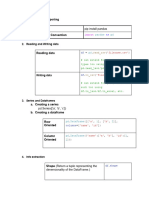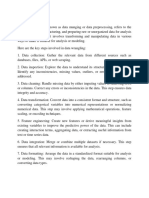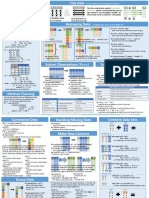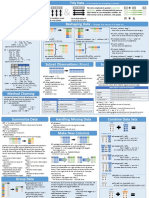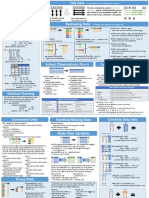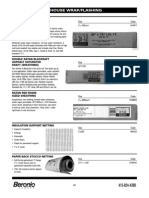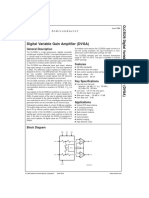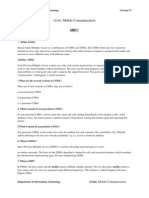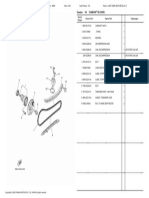0% found this document useful (0 votes)
14 views15 pagesPandas Moderate
The document provides an overview of data manipulation techniques using Pandas, including grouping data, merging DataFrames, data transformation, pivot tables, and rolling functions. It includes code examples for calculating mean and sum by groups, performing different types of joins, applying custom functions, and creating pivot tables. These operations are essential for data analysis and allow for effective summarization and manipulation of datasets.
Uploaded by
singhamal1710Copyright
© © All Rights Reserved
We take content rights seriously. If you suspect this is your content, claim it here.
Available Formats
Download as PDF, TXT or read online on Scribd
0% found this document useful (0 votes)
14 views15 pagesPandas Moderate
The document provides an overview of data manipulation techniques using Pandas, including grouping data, merging DataFrames, data transformation, pivot tables, and rolling functions. It includes code examples for calculating mean and sum by groups, performing different types of joins, applying custom functions, and creating pivot tables. These operations are essential for data analysis and allow for effective summarization and manipulation of datasets.
Uploaded by
singhamal1710Copyright
© © All Rights Reserved
We take content rights seriously. If you suspect this is your content, claim it here.
Available Formats
Download as PDF, TXT or read online on Scribd
/ 15


















